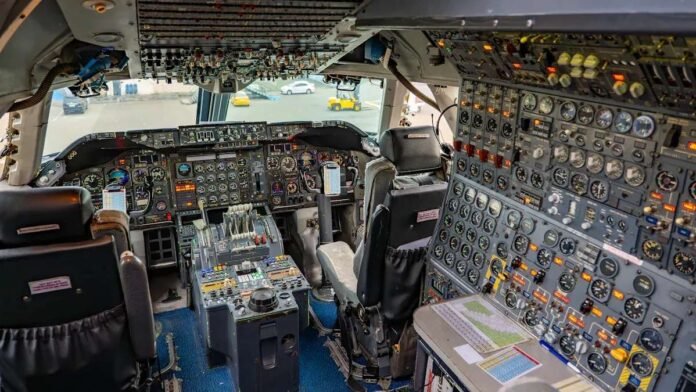Improving Efficiency and Safety
Working in aviation maintenance is not easy. Airlines, MROs, and OEMs often lose or damage paper records. Sometimes, you cannot find the right aircraft papers. This causes delays and costs more money. If you use paper, you might keep extra parts because you do not trust the records. This makes it cost more and harder to keep planes ready.
Spec 2000 helps by giving clear ata standards for sharing data. You can use digital forms with safe signatures and digital IDs. This makes records easy to find and trust. You do not worry about lost papers or mistakes in records. Airlines and makers now use XML and automation to keep data correct and current. You can track every part and repair. This keeps planes safe and ready for checks.
Note: Simplified Technical English in aircraft papers helps you and your team understand steps, even if English is not your first language. This lowers mistakes and makes work safer for everyone in maintenance.
Supporting Aircraft Documentation
You need to keep many important papers in aviation, like airworthiness certificates, flight logs, and maintenance records. If you use paper, you might lose them or have trouble finding them during audits. This can cause problems with rules and make it hard to show your plane meets all standards.
When you use ata standards like Spec 2000, you can store and share aircraft papers in digital form. You can use cloud tools to update records right away. This helps you and your team work together, even if you are far apart. You can find the right records fast, which helps you pass checks and audits. Airlines that use document automation save time, make fewer mistakes, and follow rules better. You can also use best ways like version control and access control to keep records safe and neat.
- Standardized documentation helps you:
- Find records fast
- Pass audits and checks
- Track maintenance better
- Lower risks from lost or old papers
Reducing Costs and Errors
You want to spend less and avoid mistakes in aircraft maintenance. Paper systems make this hard because you pay more for storage, finding papers, and extra parts. You might use the wrong parts or miss steps in repairs. These problems with ata standards can slow your work and cause more mistakes.
Spec 2000 gives a way to share data and fix these problems. You can use barcodes, RFID, and data matrix codes to mark each part. This makes it easy to track parts from the factory to the plane and through every repair. You can check each part’s history and make sure it meets all ata standards. Airlines, MROs, and suppliers see that digital records can lower costs, cut mistakes, and help follow rules.
Tip: Digital security in Spec 2000 lets you check if important papers in aviation, like the airworthiness certificate and flight logs, are real. You do not have to just trust them because you can see who signed and approved each record.
Real examples show that airlines using Spec 2000 and digital tools can save time, work better, and meet rules more easily. You can see these good results in faster repairs, better tracking of parts, and easier audits.
You can see how SPEC 2000 changes how you handle aircraft. When everyone shares data the same way, you can track each part. This keeps records safe and helps make planes safer. The IATA Aviation Safety Culture Survey says sharing data helps find risks. It also helps keep planes flying safely. Using part marking lets you follow each part from start to end. Your team can work faster and make fewer mistakes with every plane. New ATA standards will help you keep planes ready for the future. These rules will make aircraft operations strong and safe.
